or return to June 2000 Contents
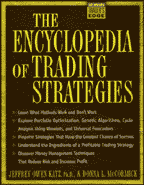 |
11 West 19th St. |
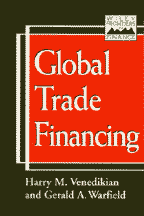 |
1 Wiley Drive |
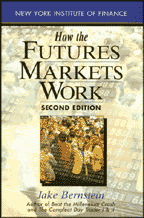 |
Bernstein starts with the basics, and the specifics of daily operations on the trading floor. The average investor armed with information, persistence, and skill can earn great rewards with minimum investment. However, trading futures requires much discipline, organization, and commitment. In jargon-free language, backed by explicit and lucid examples, this book is an authoritative primer that demystifies every aspect of futures trading. an imprint of Prentice Hall/Simon & Schuster Order Department |
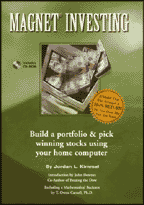 |
39 Old Farmstead Rd. |
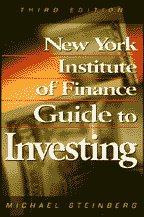 |
an imprint of Prentice Hall/Simon & Schuster Order Department |
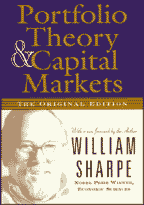 |
11 West 19th St. |
Return to June 2000 Contents